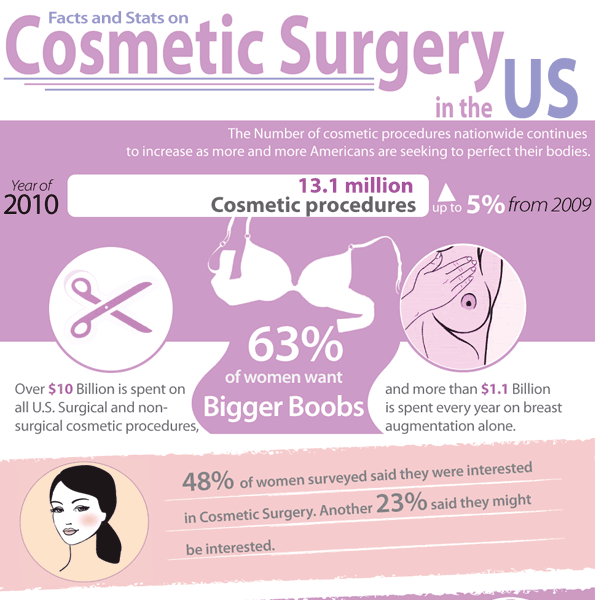Cystic acne is an extreme type of pimples. Unlike other types, these bumps are rooted deeper within the skin's surface area and can not be treated with non-prescription items.
Do not stand out or pick at cystic acne, as this can introduce germs into the pores, slow healing and rise scarring. Rather, comply with these natural home remedy for treating cystic acne.
Ice
Cystic acne is one of the most severe kinds of acnes. It's rooted deep under the skin, unlike the a lot more typical blackheads and whiteheads that sit closer to the surface area of the skin. These acnes can be particularly tough to treat without causing added damages to the skin.
A chilly compress can help shrink a cystic acne pimple by tightening capillary. To use this treatment, cover ice in a fabric or paper towel, then apply to the skin in increments of 20-30 secs numerous times throughout the day. Make sure not to touch the ice directly to your skin, as this could create frostbite.
Along with a chilly compress, using a mild cleanser that doesn't irritate your skin can additionally help in reducing breakouts. If you locate that your skin responds to specific foods, preventing them might be one more way to manage acne. Finally, getting adequate sleep is crucial to a healthy and balanced skin, as lack of sleep can actually add to acne flare-ups.
Aspirin Mask
Pain killers is not medically verified to treat acne, yet the acetylsalicylic acid in it might help soothe it. It's a cornerstone in over the counter salicylic acid products that are targeted especially at treating acne.
It's also a wonderful exfoliant, which is a needed step to clear any type of type of skin trouble. Mix squashed aspirin with simply enough water to make a paste, and use it to your acnes. Leave it on for 10 to 15 minutes, and clean it off with a gentle cleanser.
You can additionally add a dollop of honey to this mask for its antibacterial and antimicrobial homes. This will aid to hydrate the skin, which is important considering that salicylic acid can be drying for some individuals.
If you have oily skin, try including some non-comedogenic oils to the blend. Ylang ylang, cedarwood, and wheat germ oils all have residential properties that may aid to balance oil secretion, which can create acne.
Vinegar Cleanser
There's a reason apple cider vinegar is a staple in many Byrdie editors' item cabinets: It works at zapping pesky zits. The acetic acid in the vinegar eliminates bacteria and aids bring back the skin's all-natural pH equilibrium, which may assist prevent future outbreaks.
Apply the blend directly to cystic acne areas, or try blending it with water and using it as a face laundry. You can additionally use it as a skin printer toner, which will tighten up pores and keep the skin looking healthy and balanced.
Another reliable natural remedy for acne is tea tree oil, which has antimicrobial residential or commercial properties that can lower the quantity of bacterial buildup inside a pimple and reduce it. Thin down the oil with a carrier oil, such as coconut or jojoba oil, and add it to your skin care routine. One more helpful component for cystic acne is turmeric, which subjugates inflammation and infection. Attempt using a paste of the spice to cystic acnes.
Turmeric Mask
Turmeric extract's anti-inflammatory residential or commercial properties help in reducing redness and kill acne-causing microorganisms, while its skin-brightening components can california level staining over time. It additionally provides nutrition for drier skin. To make use of, mix together turmeric powder and raw honey to produce a thick paste that's topped your clean face, preventing the eyes and lips. Leave on for 10-15 mins before rinsing with cozy water, using circular activities while rubbing to exfoliate.
We touched 2 board-certified dermatologists (Jennifer Herrmann, MD and Joshua Zeichner, MD) and a leading celeb esthetician (Angela Caglia, founder of Angela Caglia Skincare) to disclose their ideal in-office treatments to do away with cystic acne-- those troublesome under-the-surface bumps that cause inflammation, swelling and discomfort. From do it yourself recipes to quick in-office therapies, these specialists offer their go-to options.
